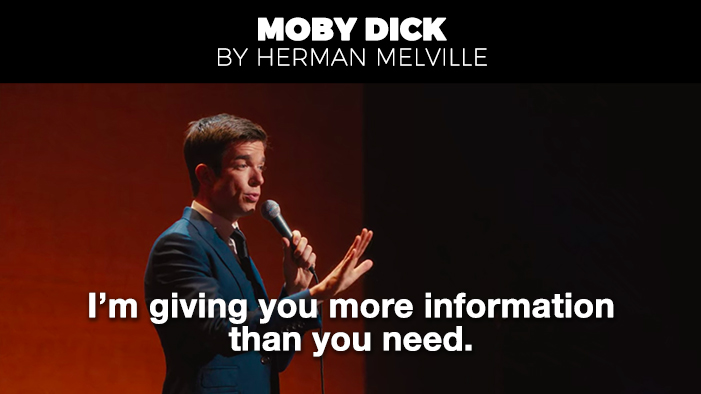Summary
Lizabeth, the first-person narrator of “Marigolds,” begins the story from her vantage point as an adult and addresses an unnamed person. As she waits for this person, who she says “will not come,” she recalls Miss Lottie and her marigolds. The present moment and the memory act as a frame within which the narrator tells her story, first describing the dust that permeated the community in which she grew up and which pervades her memories of the place, disrupted only by the marigolds’ “brilliant splash of sunny yellow.” Her memories vividly evoke the “[j]oy and rage and wild animal gladness and shame” of a teenager on the cusp of womanhood.
Lizabeth describes the context of the “devastating moment” when she could no longer remain in the innocence of childhood. That dramatic moment happens in Miss Lottie’s yard, which is part of a small Maryland community in the grip of the Great Depression. Economic depression is familiar to this community of rural Black people who have been trapped in poverty long enough to dismiss the talk of coming prosperity as “white folks’ words.” They work and wait with little hope for better times.
She and the other children, Lizabeth claims, have little understanding of their impoverishment. They share its deprivations yet are less aware of them than their parents are, and without radio—the latest in communication technologies—they know little of the outside world. Yet even the children vaguely sense the “cage” of poverty in which they are trapped, and it troubles them.


 payment page
payment page



